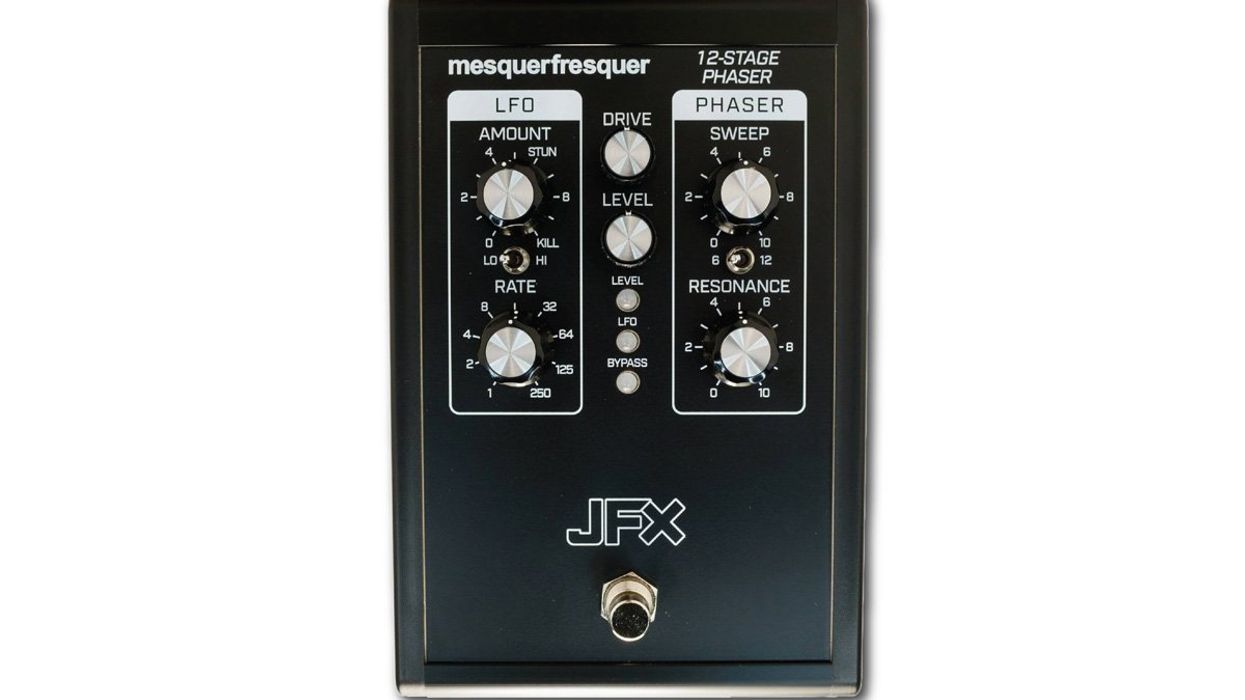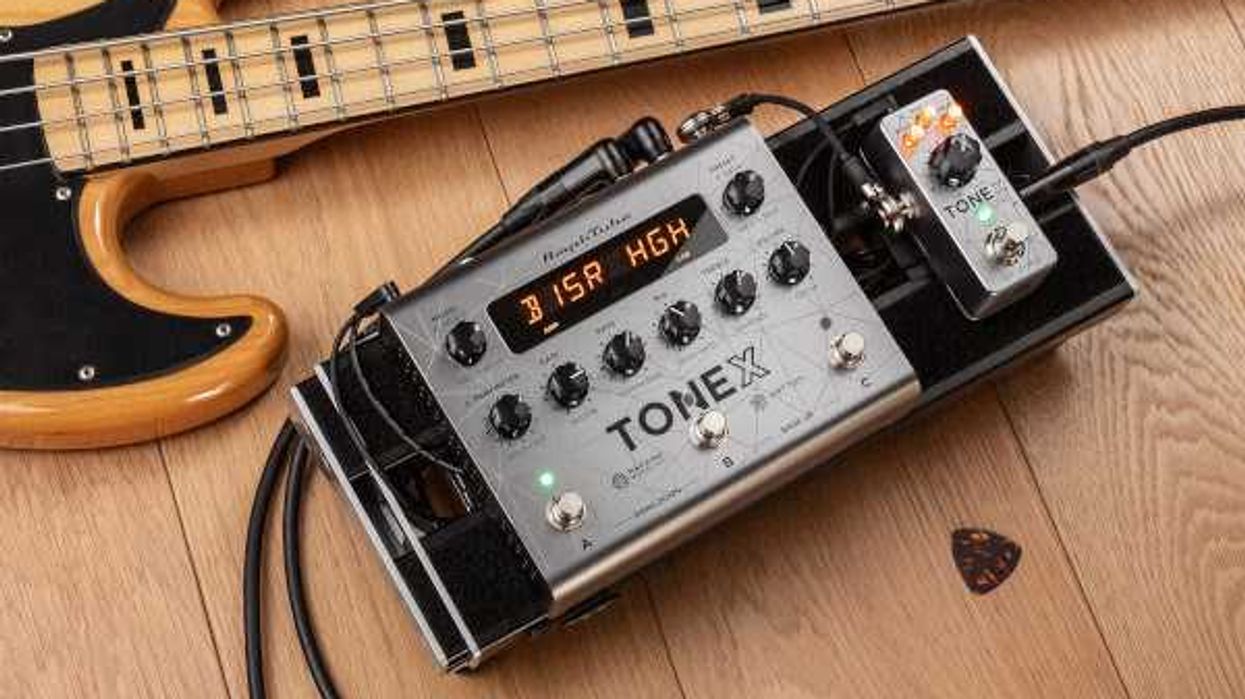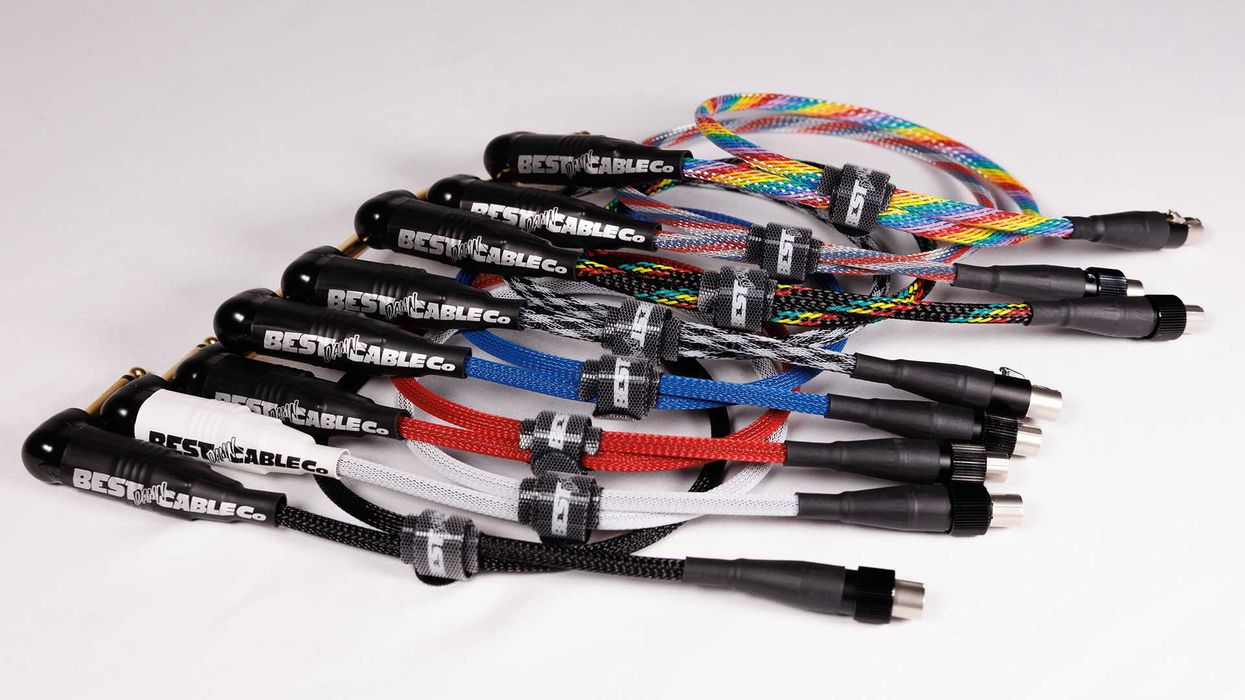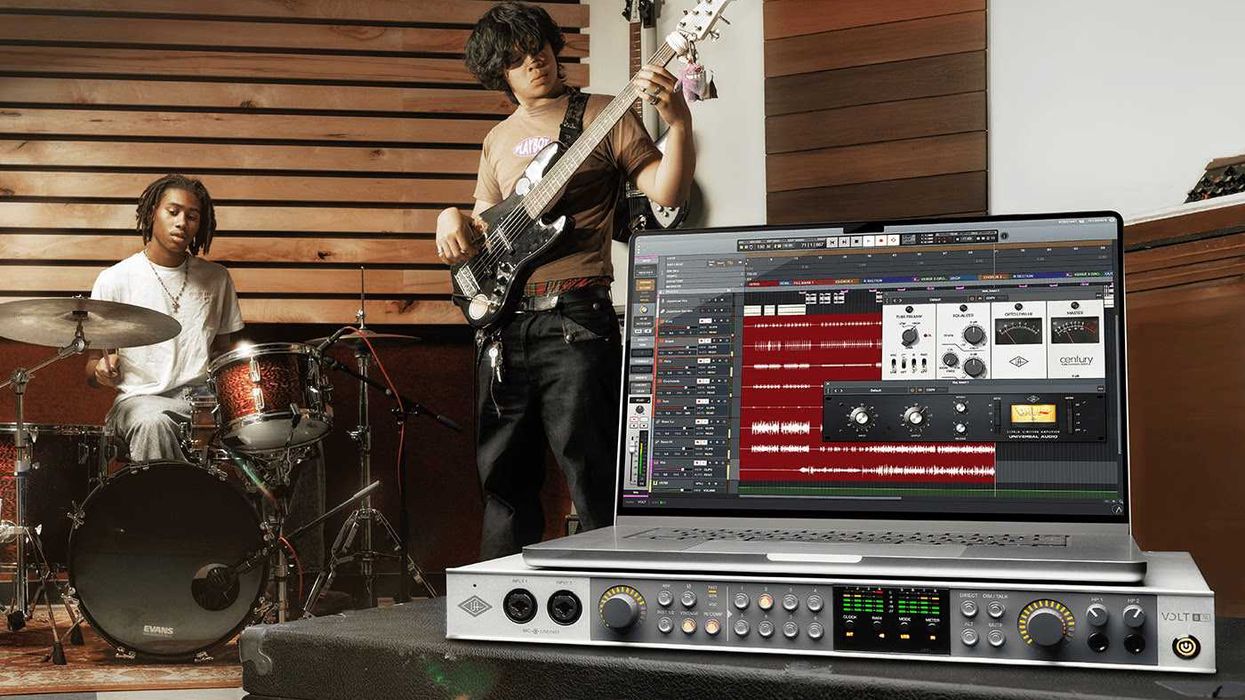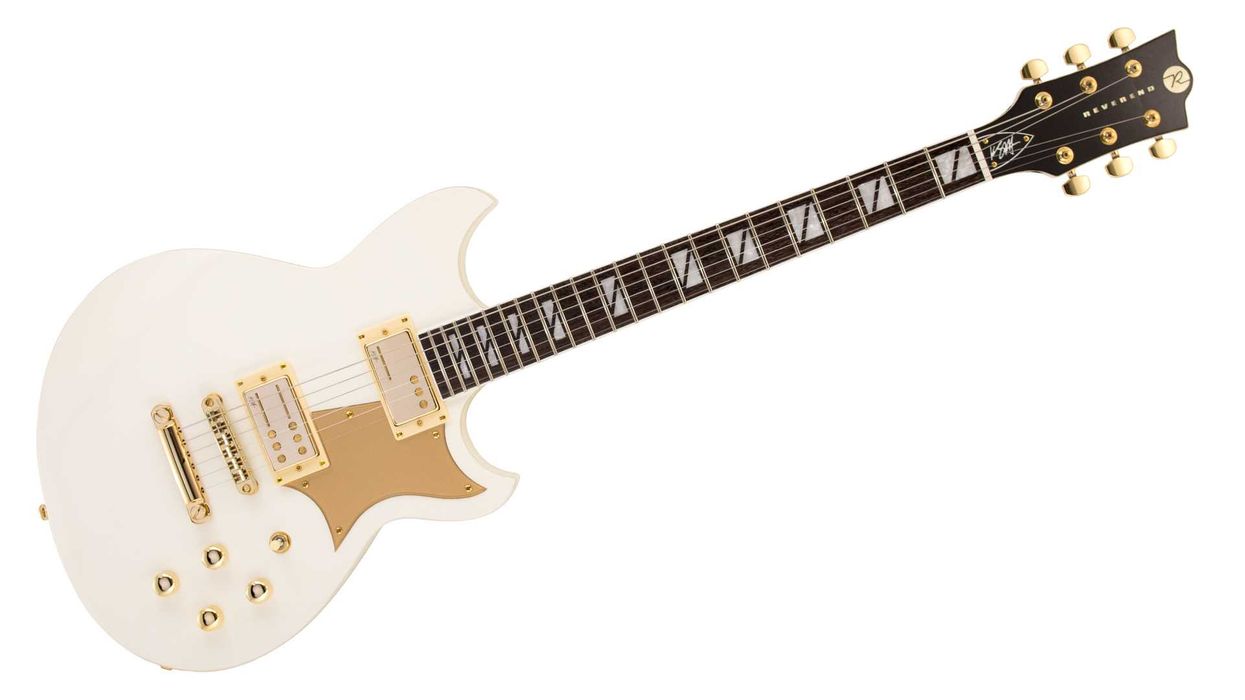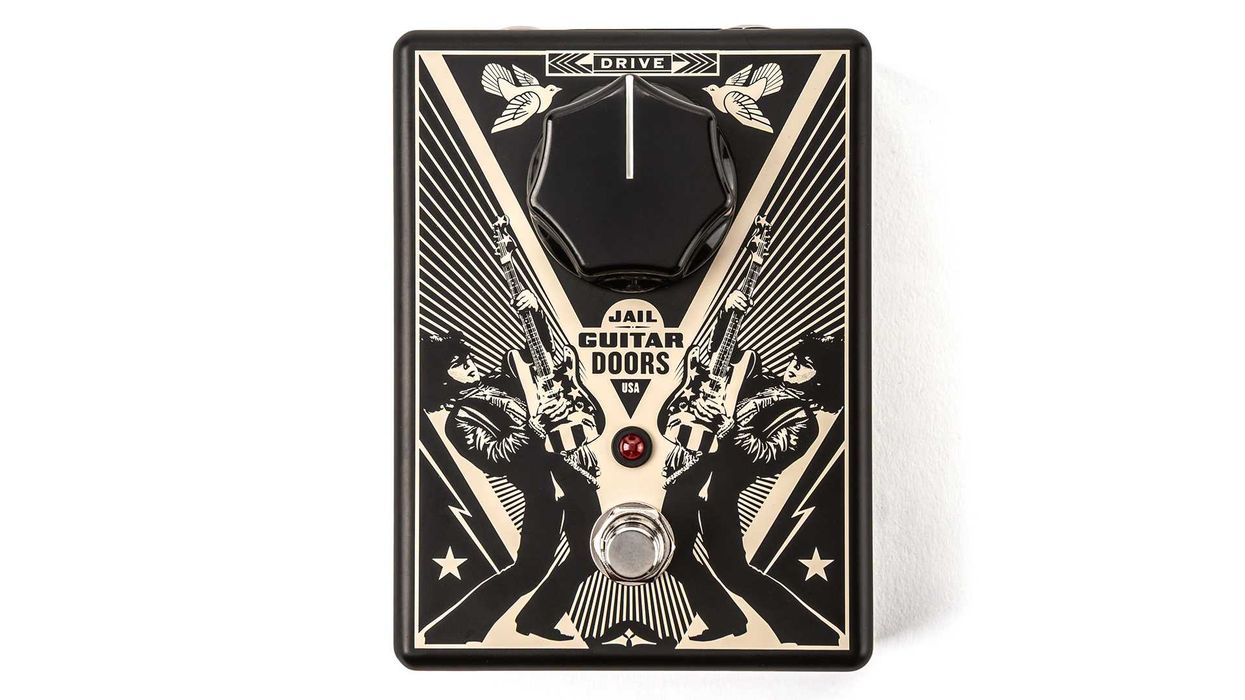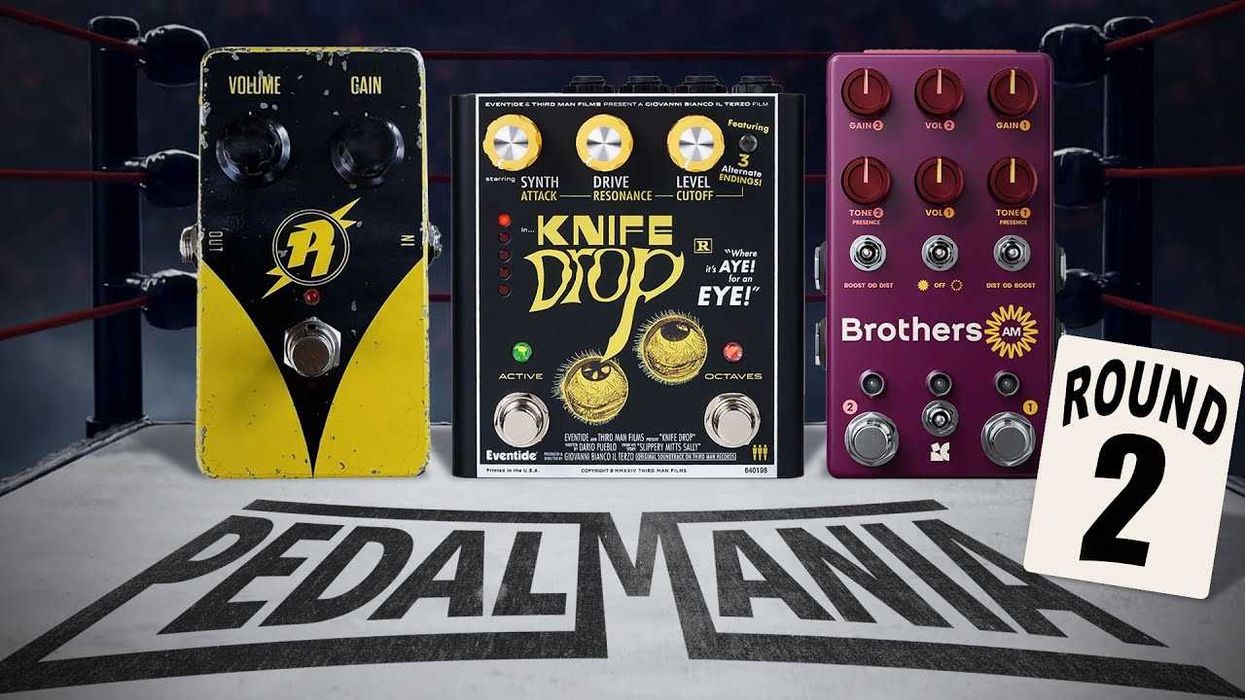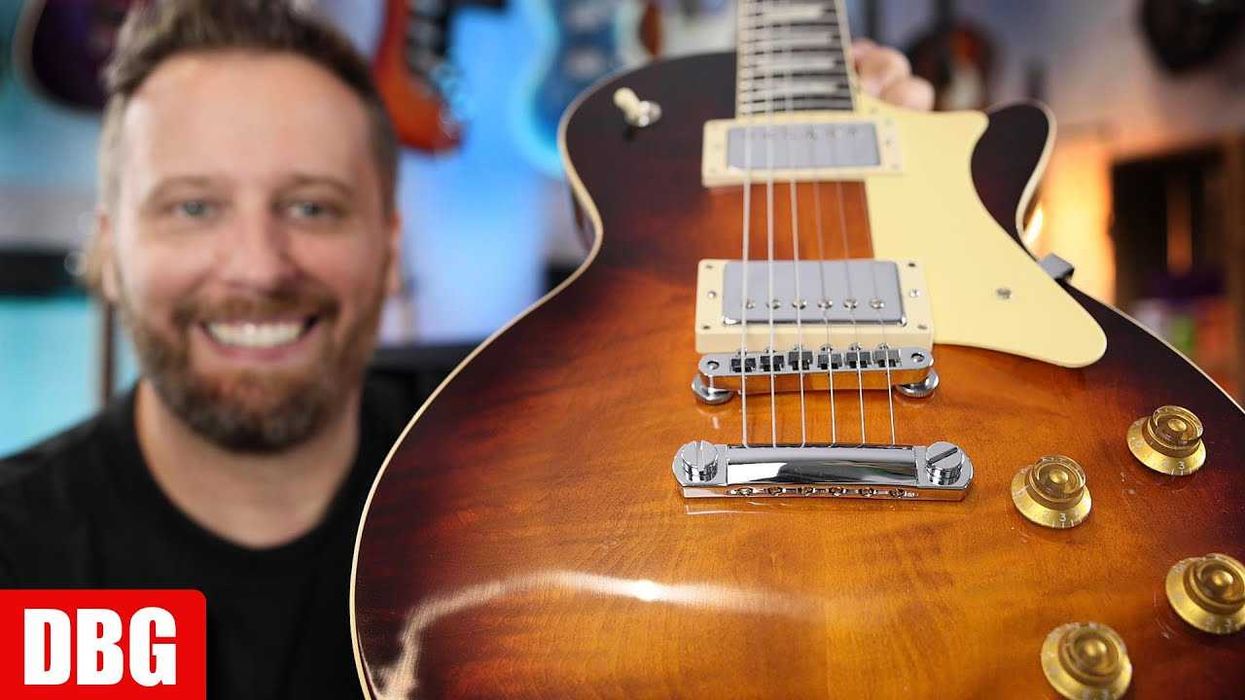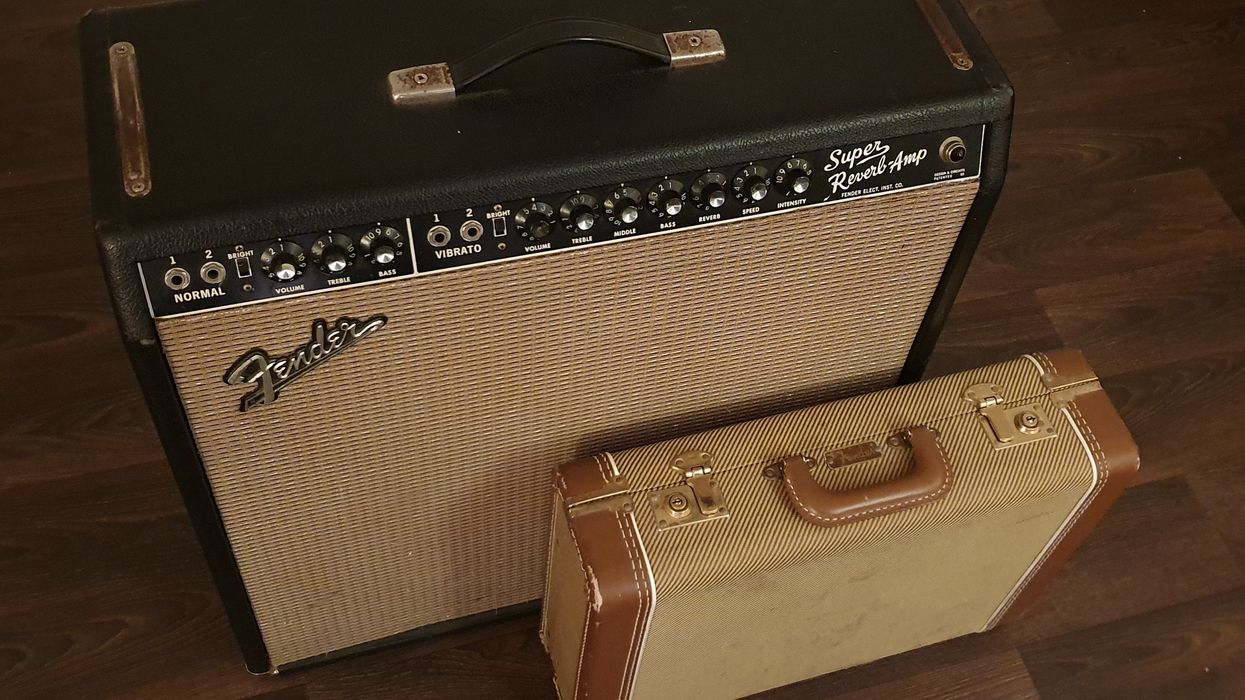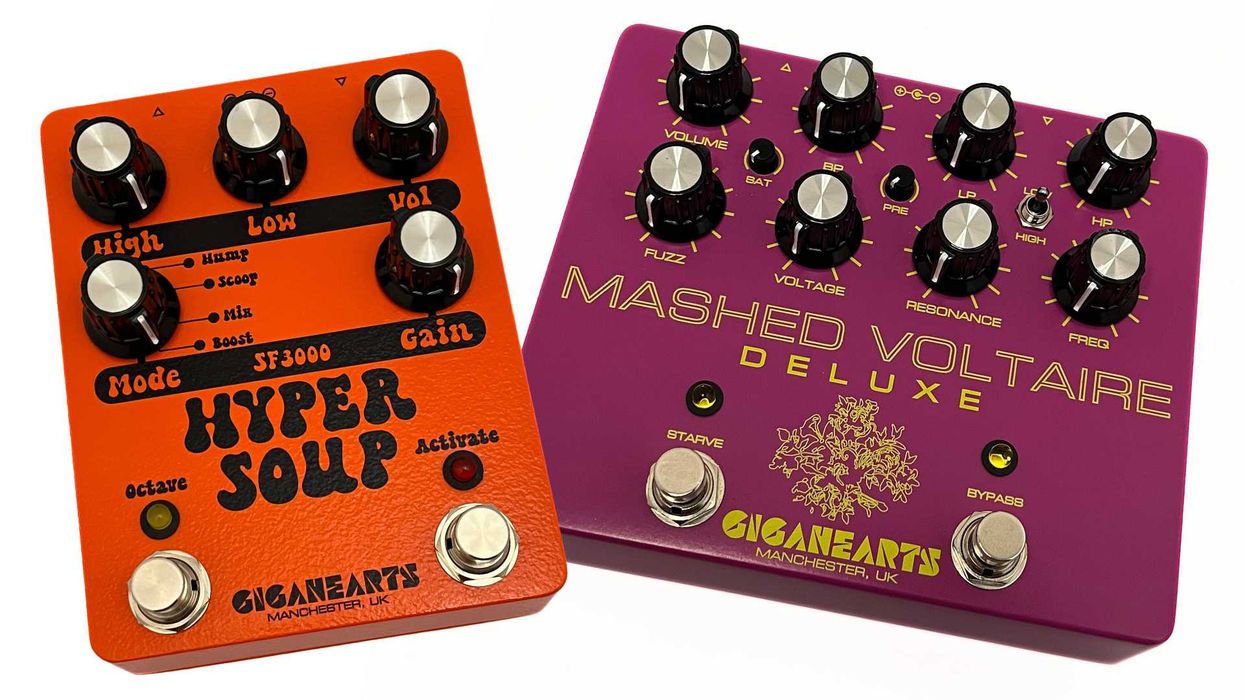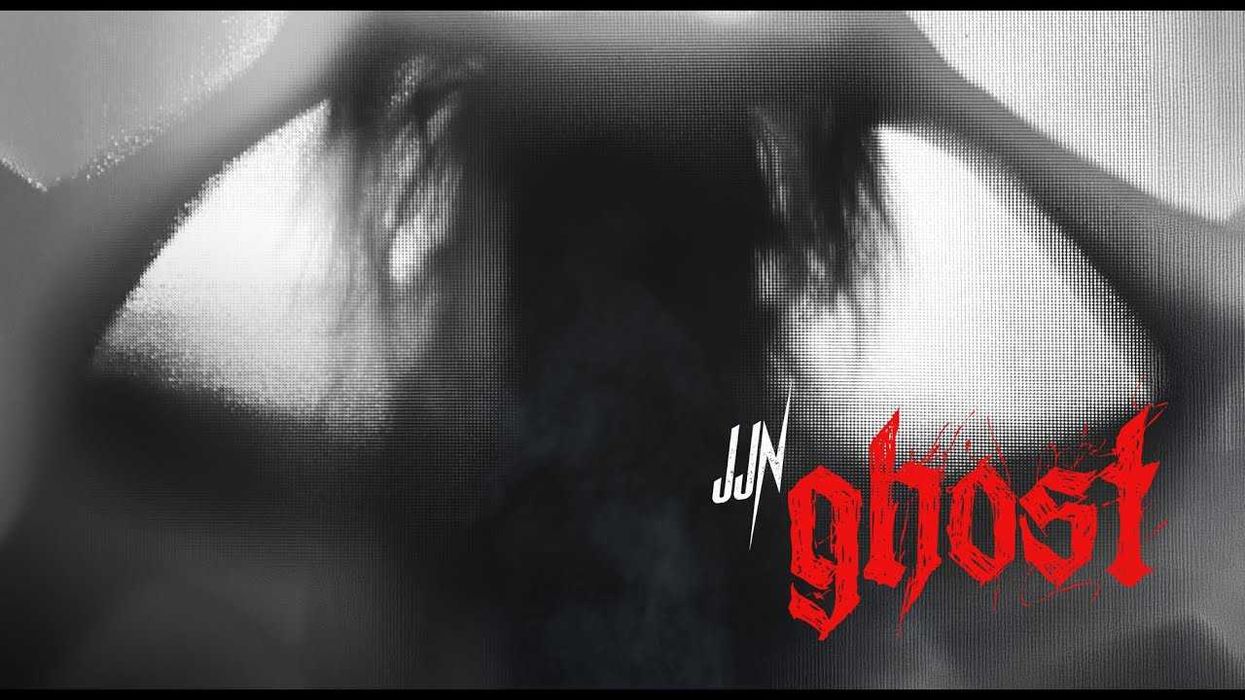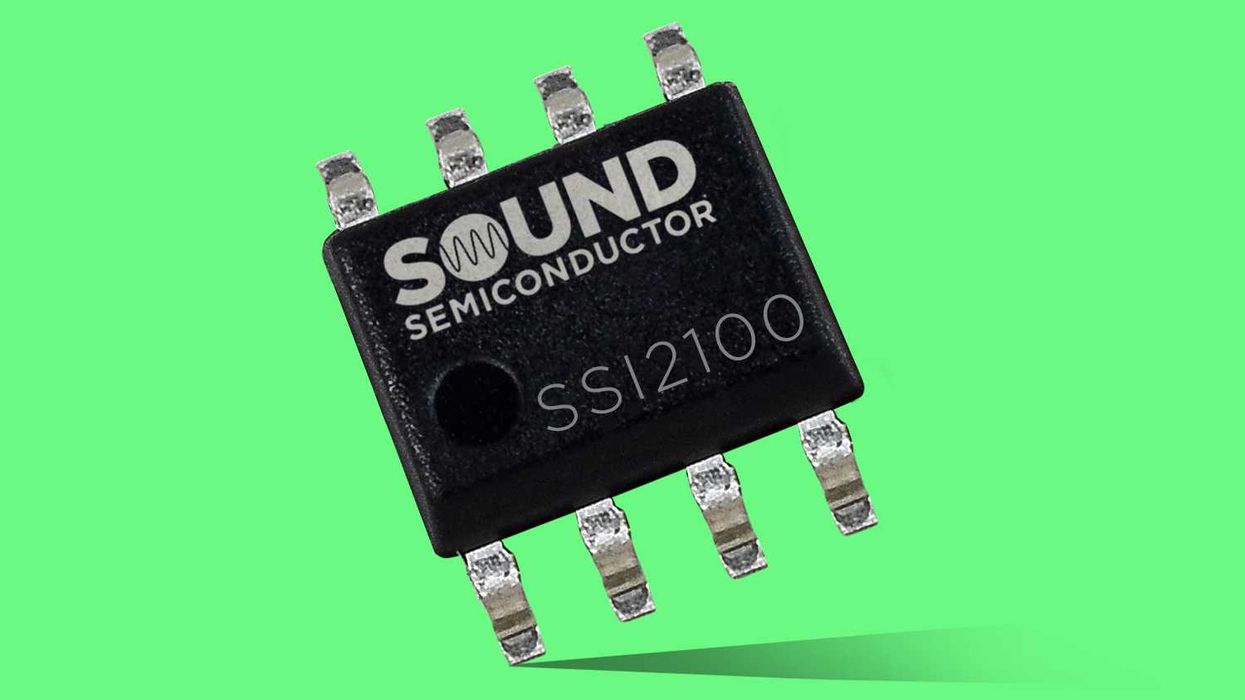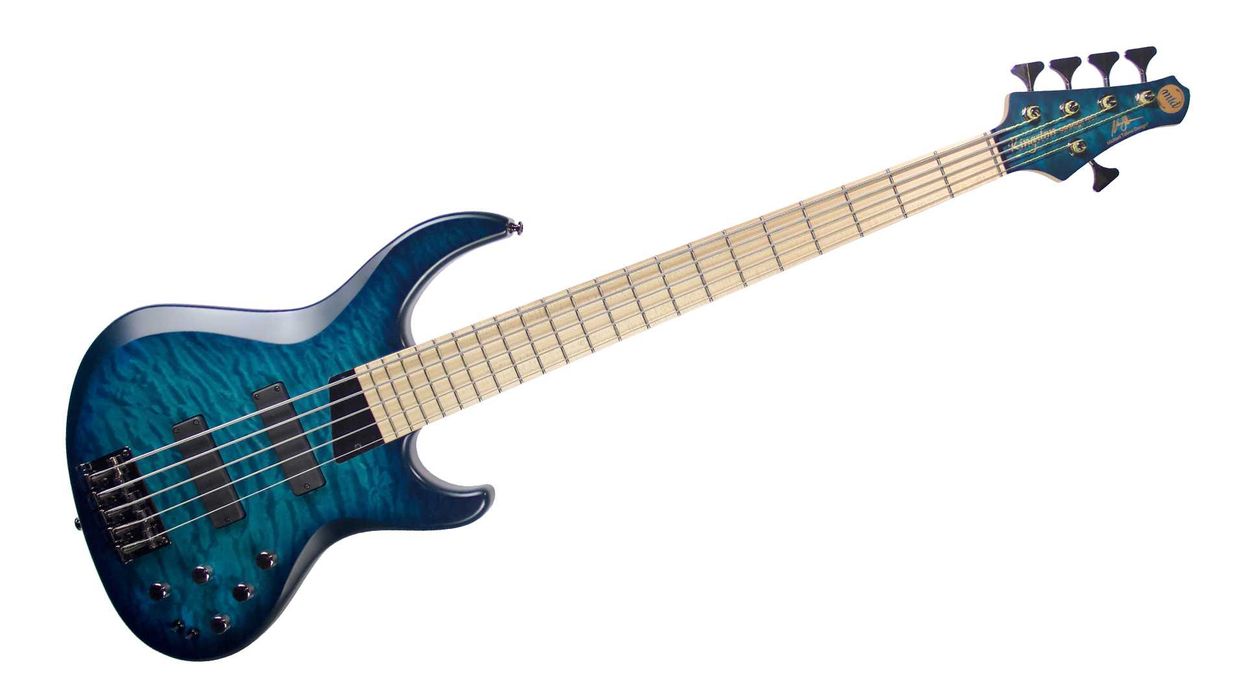JFX Pedals unveils the Mesquerfresquer, a 12-stage Phaser reminiscent of the classic Moogerfooger unit.
The Mesquerfresquer is designed to offer subtle tonal coloration or extremely deep phasing and contains multiple CV/Expression Pedal inputs and outputs. This allows each parameter to be manipulated and controlled simultaneously, while also providing modular interconnectivity between other Moogerfooger analog effects.
Pedalboard friendly: the Mesquerfresquer comes in a light and compact enclosure that is 35%smaller than the original! It maintains top-mounted jacks and is powered by a standard 9V(center-negative) adapter.
Each pedal is assembled by hand and tested personally by the Jordan Fresque himself.
The Mesquerfresquer 12-Stage Phaser features include:
- DRIVE: Adjusts audio input gain with three-color level LED
- BYPASS: On/Bypass switch with two-color LED indicator
- RESONANCE: Determines the height and sharpness of the peaks in the phaser frequency response
- RATE: Varies the LFO frequency from 0.01Hz - 250Hz with indicator LED
- LO/HI: Selects between the low LFO range (0.01Hz-2.5Hz) and the high LFO range(1.0Hz-250Hz)
- AMOUNT: Determines how much the LFO modulates the phaser sweep parameter
- SWEEP: Shifts the phaser frequency response over a six-octave range
- 6-STAGE/12-STAGE: Select between 6-stage and 12-stage phaser modes
- 1/4” CV/EXPRESSION PEDAL INPUTS: Rate, Amount, Resonance and Sweep
- 1/4” CV OUTPUTS: LFO
- Beautifully designed Japanese TAKACHI enclosures with quality hardware
- Made in Canada
JFX Pedals 12-Stage Phaser is now available for pre-order.
For more information, please visit jfxpedals.com.
